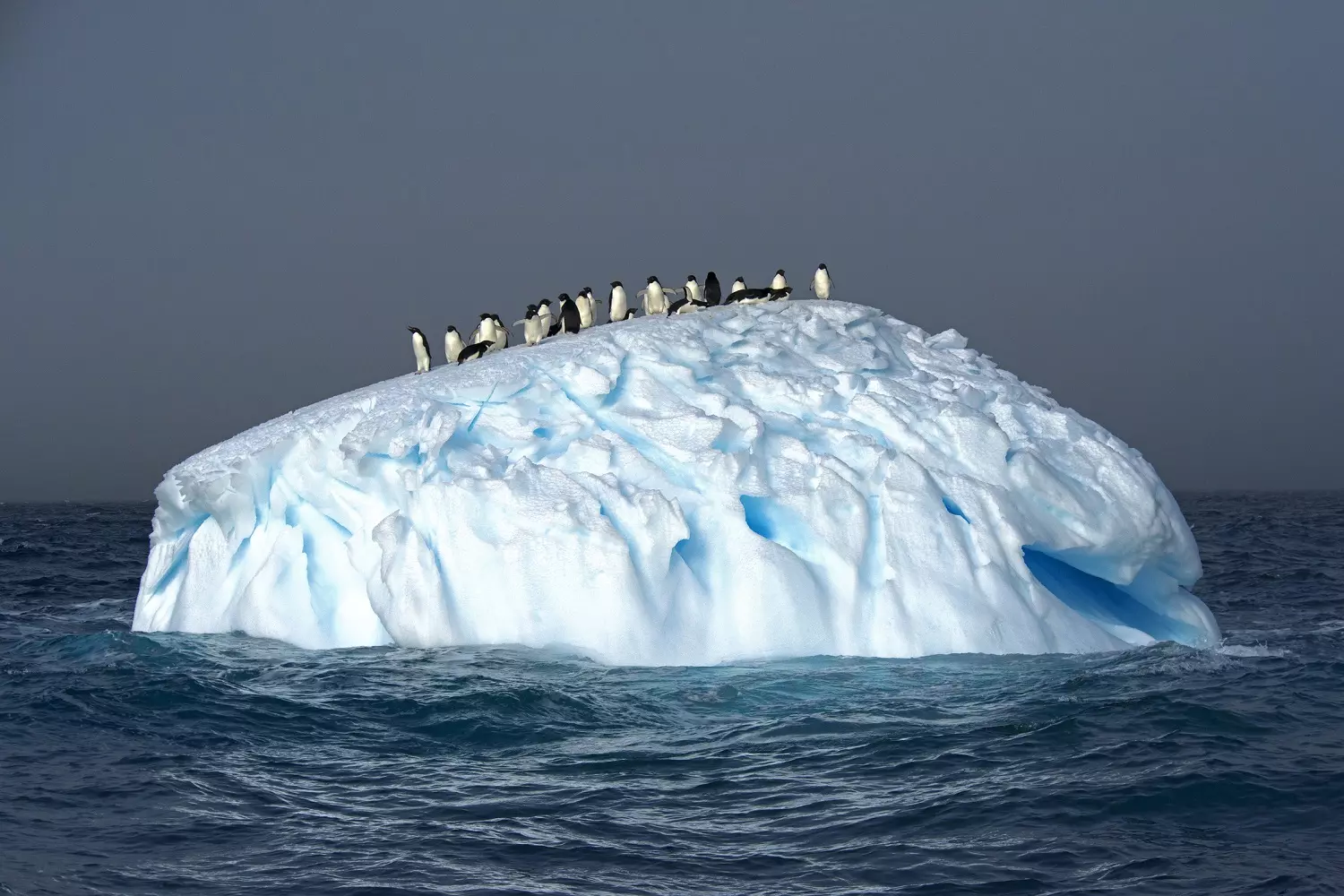[Originally published as Data Indicate That Earth Was Warmer in The Middle Ages including a helpful graph taken from the paper under discussion]
For some time, climatologists have accepted the fact that from about the year AD 1000 to AD 1200, the temperature of the Northern Hemisphere was unusually warm. In fact, most studies indicate that it was warmer than it is today. This period of warm temperatures has been referred to as the “Medieval Warm Period,” the “Medieval Climate Anomaly,” or the “Medieval Climate Optimum.”
A few hundred years later, the Northern Hemisphere experienced cooler-than-normal temperatures, and that part of earth’s history is sometimes called the “Little Ice Age.” Many climatologists argue that both the Medieval Warm Period and the Little Ice Age were limited to the Northern Hemisphere. However, a series of studies indicate that these periods of extreme temperatures were experienced worldwide.
I recently became aware of these studies because the latest one appeared in my news feed. This study used the results of climate proxy data from 60 different sites.
If you aren’t familiar with that term, it refers to data that scientists use to attempt to understand climate conditions of the past. Tree rings, for example, are sensitive to temperature and precipitation, so it is thought that we can use them to determine past climate conditions of the region where trees have been growing. Many climate-sensitive things like recorded harvests, coral growth, pollen grains, etc. can be used as climate proxies. The more climate proxies you have for a given region, the more likely you are to be able to determine the local climate conditions over the times for which you have those data.
As I said, the study used proxy data from 60 different sites to reconstruct the temperature of Antarctica over the past 1500 years. According to the study, Antarctica was significantly warmer from AD 500 until AD 1250 than it is today. So the study’s data indicate that at the same time Europe was warmer, Antarctica was experiencing warmer-than-average temperatures as well. Those temperatures then fell over the next 750 years or so, producing colder-than-average temperatures. Thus, Antarctica seems to have experienced both the Medieval Warm Period and the Little Ice Age.
Interestingly enough, while the study’s data indicate that the whole of Antarctica experienced both the Medieval Warm Period and the Little Ice age, there were parts that did not. The Ross Ice Shelf region of Antarctica, for example, cooled during the Medieval Warm Period. The Weddell Sea and the Filchner-Ronne Ice Shelf also experienced some cooling during that period. Overall, however, the warming strongly outweighed the cooling, so Antarctica as a whole was warmer during the Medieval Warm Period than it is today. Also, it seems that any warming that has occurred recently is simply a “recovery” from the Little Ice Age.
This same group has done similar studies that show that Oceania (the region of the earth that holds Australia, New Zealand, etc.), South America, and Africa/Arabia all experienced the Medieval Warm Period as well. Thus, the authors of these studies say that the Medieval Warm Period was not restricted to the Northern Hemisphere. Instead, it was experienced worldwide. In other words, worldwide temperatures were warmer in AD 1000-1200 than they are today.
While the data seem convincing, I will add one caveat.
It is hard enough to measure global temperature today. If we measure global temperature using thermometers scattered across the world, the results look like this. If we use satellites, we get results that are quite different. So we don’t really know what global temperatures are today. Obviously, then, figuring out what global temperatures were from AD 1000 to AD 1200 is fraught with peril. Thus, while the studies’ conclusions are the best we have right now, they are far from certain.
Nevertheless, based on the best data we have, we can say that world was probably warmer before people began burning fossil fuels that it is today.






